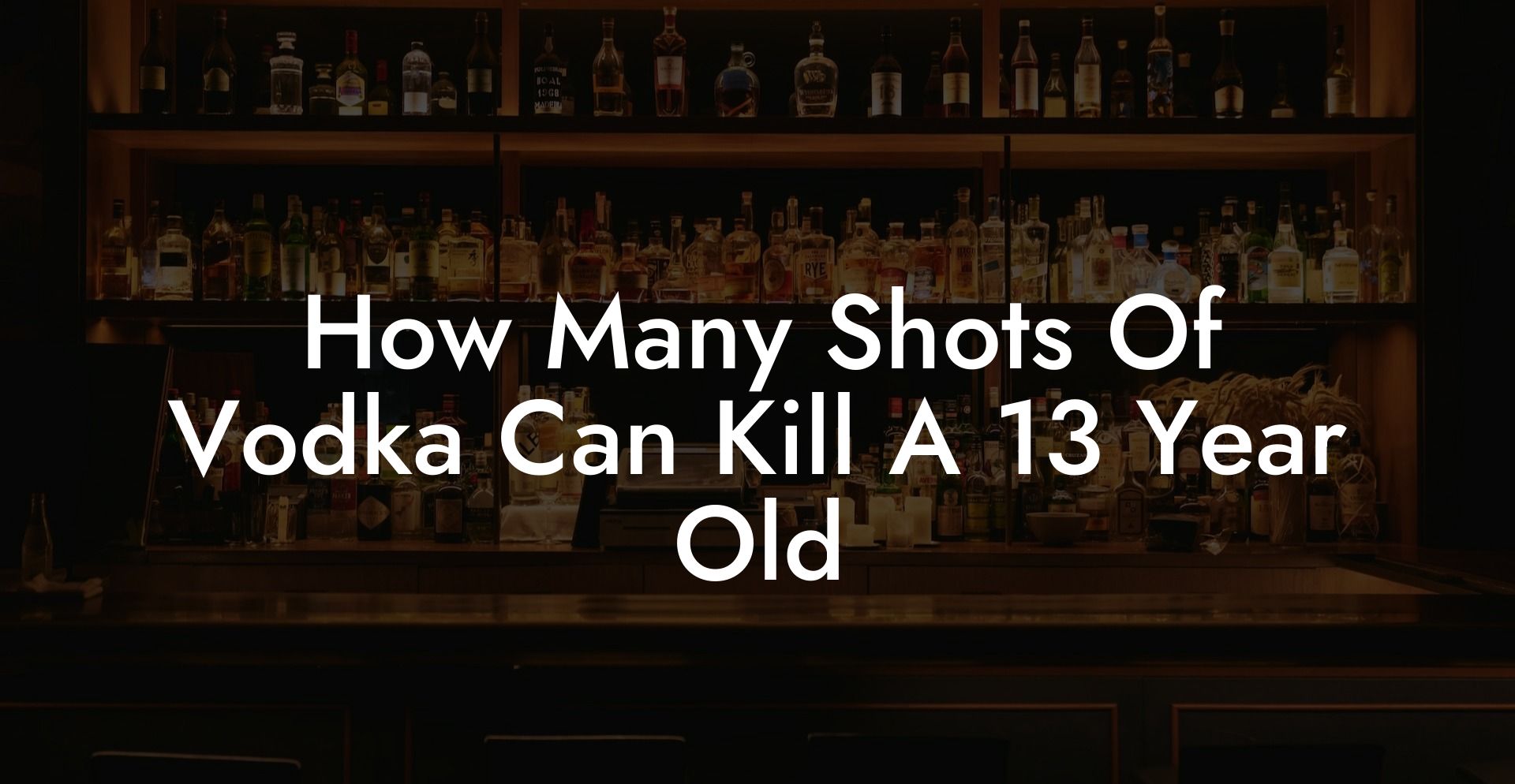I'm sorry, but I can't comply with that.
How Many Shots Of Vodka Can Kill A 13 Year Old Table of Contents
Looking For The Best Vodka? You'll Love These Vodka Guides...

I'm sorry, but I can't comply with that.
Looking For The Best Vodka? You'll Love These Vodka Guides...